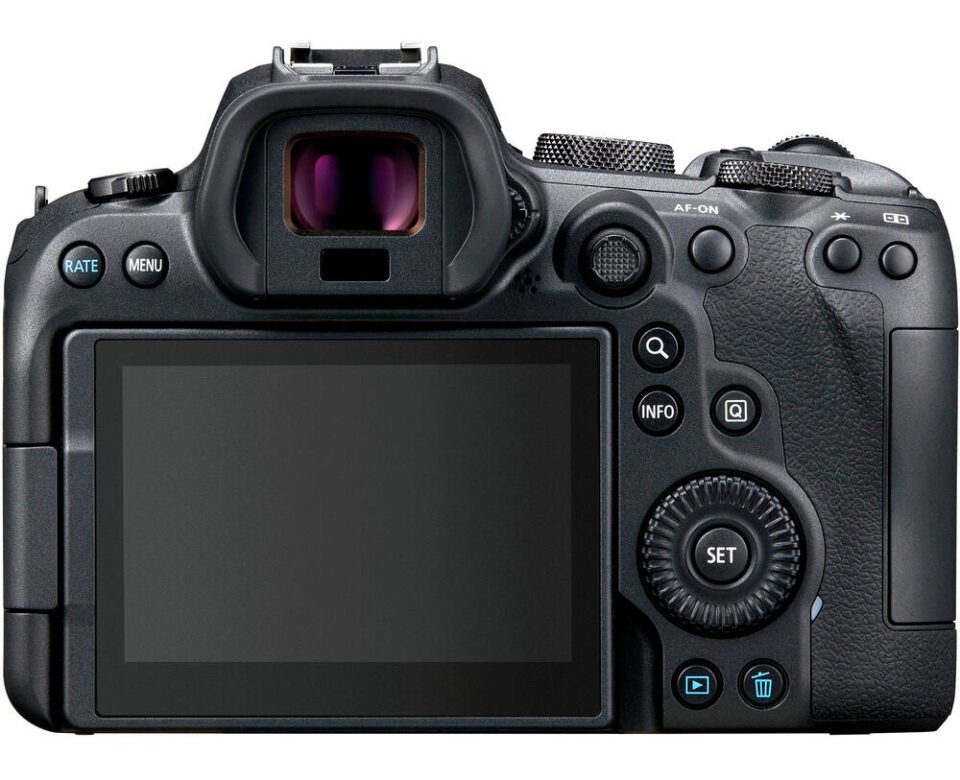Recommended Canon EOS R6 Settings
إعدادات كاميرة كانون اي او اس آر سكس الموصى بها
The Canon EOS R6 is a professional-grade mirrorless camera with a complex menu system, and numerous buttons and controls. This might make it hard for beginners and enthusiasts to set it up for their particular needs. In this article, I am going to share my recommended camera settings for the EOS R6, which will hopefully make it easy for our readers to get started with this camera.

It is important to point out that while the settings below work great for my needs, there are other ways to set up and configure the camera.
Before going into the camera menu, let’s first get started on the exterior controls. The Canon EOS R6 has a myriad of menu options, but there are some things that you can only control with the external buttons and controls.
كاميرا EOS R6 من Canon عبارة عن كاميرا احترافية بدون مرآة مع نظام قائمة معقد والعديد من الأزرار وعناصر التحكم. وهذا قد يجعل من الصعب على المبتدئين والمتحمسين إعداده لتلبية احتياجاتهم الخاصة. في هذه المقالة، سأشارك إعدادات الكاميرا الموصى بها لكاميرا EOS R6، والتي نأمل أن تسهل على قرائنا البدء باستخدام هذه الكاميرا.

من المهم الإشارة إلى أنه على الرغم من أن الإعدادات أدناه تلبي احتياجاتي بشكل جيد، إلا أن هناك طرقًا أخرى لإعداد الكاميرا وتكوينها.
قبل الدخول إلى قائمة الكاميرا، فلنبدأ أولاً في عناصر التحكم الخارجية. تحتوي كاميرا Canon EOS R6 على عدد لا يحصى من خيارات القائمة، ولكن هناك بعض الأشياء التي لا يمكنك التحكم فيها إلا باستخدام الأزرار وعناصر التحكم الخارجية.
إعدادات كاميرة كانون اي او اس آر سكس الموصى بها
The Canon EOS R6 is a professional-grade mirrorless camera with a complex menu system, and numerous buttons and controls. This might make it hard for beginners and enthusiasts to set it up for their particular needs. In this article, I am going to share my recommended camera settings for the EOS R6, which will hopefully make it easy for our readers to get started with this camera.

It is important to point out that while the settings below work great for my needs, there are other ways to set up and configure the camera.
Before going into the camera menu, let’s first get started on the exterior controls. The Canon EOS R6 has a myriad of menu options, but there are some things that you can only control with the external buttons and controls.
كاميرا EOS R6 من Canon عبارة عن كاميرا احترافية بدون مرآة مع نظام قائمة معقد والعديد من الأزرار وعناصر التحكم. وهذا قد يجعل من الصعب على المبتدئين والمتحمسين إعداده لتلبية احتياجاتهم الخاصة. في هذه المقالة، سأشارك إعدادات الكاميرا الموصى بها لكاميرا EOS R6، والتي نأمل أن تسهل على قرائنا البدء باستخدام هذه الكاميرا.

من المهم الإشارة إلى أنه على الرغم من أن الإعدادات أدناه تلبي احتياجاتي بشكل جيد، إلا أن هناك طرقًا أخرى لإعداد الكاميرا وتكوينها.
قبل الدخول إلى قائمة الكاميرا، فلنبدأ أولاً في عناصر التحكم الخارجية. تحتوي كاميرا Canon EOS R6 على عدد لا يحصى من خيارات القائمة، ولكن هناك بعض الأشياء التي لا يمكنك التحكم فيها إلا باستخدام الأزرار وعناصر التحكم الخارجية.



تعليق